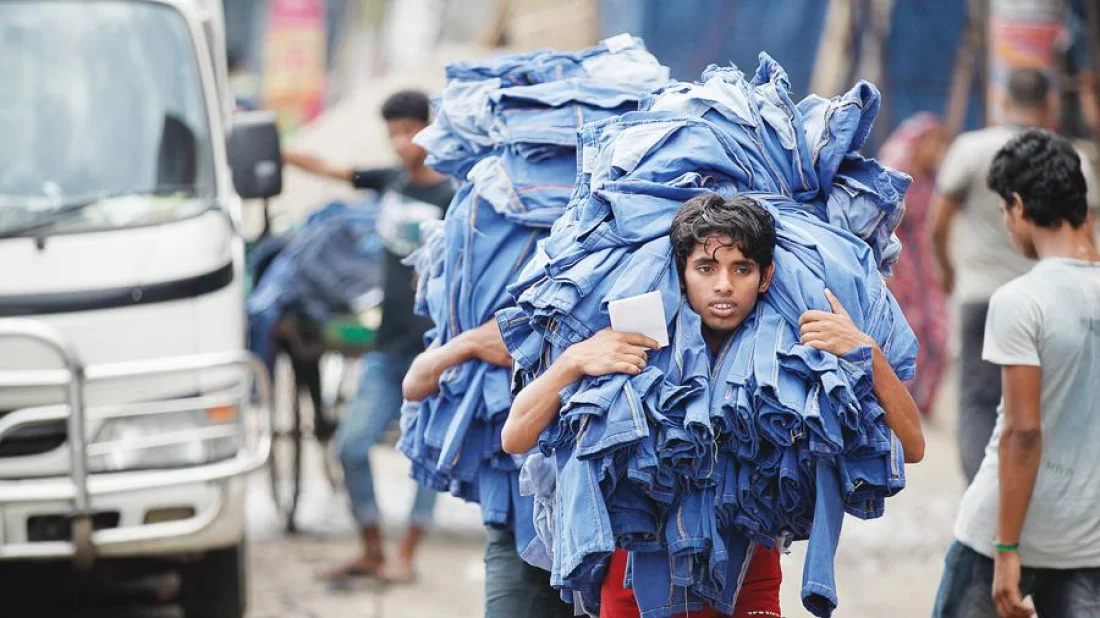Sector Based Child Labour Eliminaiton in Keranigang
Overview
The informal Ready-Made Garment (RMG) sector in Keraniganj is a significant contributor to the local economy, but it is also a sector where child labour is prevalent. This initiative aims to eliminate child labour through comprehensive strategies involving stakeholders, community engagement, and government support.

Demographic Information
| Name | Population | Area (km²) | Density (per km²) | Male: Female |
|---|---|---|---|---|
| Keraniganj Upazila | 794,360 | 171.1 | 4,643 | 53.1 : 46.9 |
| Aganagar | 73,012 | 1.493 | 48,893 | 68.5 : 31.5 |
| Subhadda | 225,865 | 11.17 | 20,214 | 54.3 : 45.7 |
Current Situation of Child Labour
- Approximately 19,000 children aged 5-14 years are engaged in child labour.
- Child labour constitutes about 10% of the total workforce in the informal RMG sector.
- Many children work in hazardous conditions, often without pay.

Strategies for Elimination
- Conducting awareness campaigns to educate families about the importance of education over child labor.
- Engaging local businesses and stakeholders to create a child labor-free environment.
- Implementing government policies that enforce stricter regulations against child labor.
- Providing vocational training and educational opportunities for children and their families.
Community Involvement
Community involvement is crucial for the success of child labor elimination initiatives. Local leaders, NGOs, and community members are encouraged to participate in:
- Workshops and training sessions on child rights and labor laws.
- Collaborative efforts to monitor and report instances of child labor.
- Support programs for families to reduce economic dependency on child labor.
Resources and Support
Watch Our Campaign Video
Data Visualization
FAQs
Child labour refers to the employment of children in any work that deprives them of their childhood, potential, and dignity, and that is harmful to physical and mental development.
Child labour can lead to long-term physical and psychological harm, hinder educational opportunities, and perpetuate the cycle of poverty.
We can help by supporting local initiatives, raising awareness, and advocating for policies that protect children's rights and promote education.

